Keynotes
1 – Is Machine Learning Security IFS-business as usual?

Teddy Furon
INRIA
Rennes, France
In a nutshell, the IFS community protects three cardinal values (confidentiality, integrity, and property) of informative content, be it a transmitted signal (physical layer), an image (watermarking) or some text (fake news detection) for instance.
To what extend can we cast this framework onto Machine Learning? We will see that it makes sense for some scenarios (where we briefly summarise the state-of-the-art) although not covering all threats on Machine Learning.
T. F. (Senior Member, IEEE) received the M.Sc. and Ph.D. degrees in signal processing from Telecom ParisTech, in 1998 and in 2002, respectively. His research interests include the security related to multimedia, signal processing, and machine learning.
He has worked in industry (Thomson, Technicolor) and academia (Université catholique de Louvain, Belgium, and Inria Rennes, France, Linkmedia Team).
He co-founded of the company Imatag protecting rights of photo agencies.
He received the Brittany Best Young Researcher prize in 2006.
He is the coauthor of 80 conference articles, 20 journal articles, six book chapters, and nine patents.
He has been an Associate Editor for four journals, including IEEE TRANSACTIONS ON INFORMATION FORENSICS AND SECURITY.
He was recently awarded the Security and Defense Chair of the French Defense Innovation Agency.
2 – Multimedia data recovery and its related workflows in digital forensics
Patrick De Smet
Belgian National Institute of Criminalistics and Criminology
Brussel, Belgium
Whilst considering a brief overview of the academic state-of-the-art we also review several practical and possibly lesser known methods and tools that have been developed by forensic institutes and law enforcement agencies across Europe. Additionally, we demonstrate how these recovery methodologies interact with several real-life forensic IT analysis workflows such as multimedia authentication and steganalysis related investigations. Finally, we highlight several opportunities for future research both from the academic and the digital forensics case work point of view.
